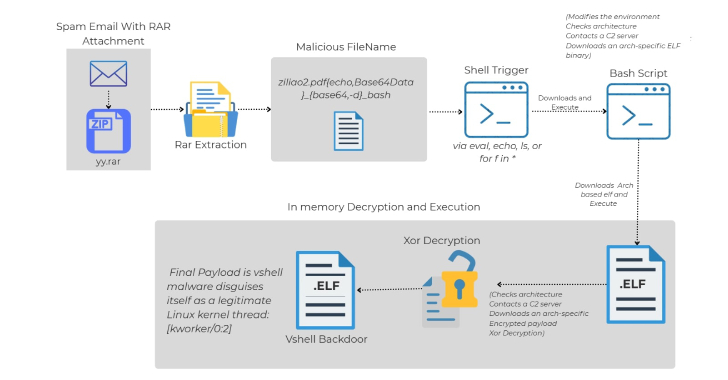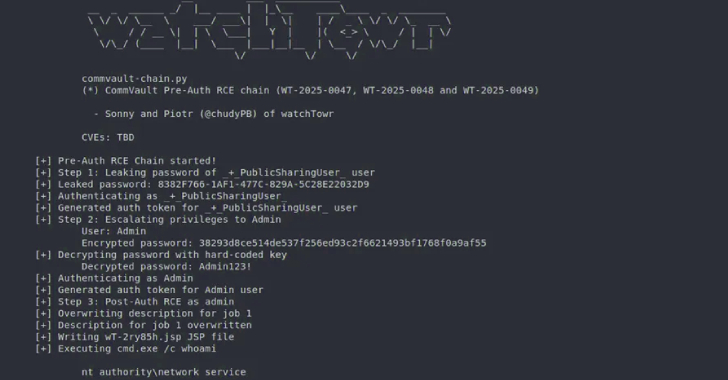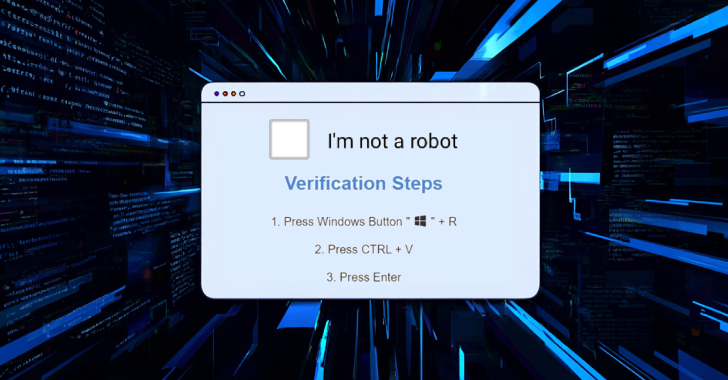Linux Malware Delivered via Malicious RAR Filenames Evades Antivirus Detection
Cybersecurity researchers have shed light on a novel attack chain that employs phishing emails to deliver an open-source backdoor called VShell. The “Linux-specific malware infection chain that starts with a spam email with a malicious RAR archive file,” Trellix researcher Sagar Bade said in a technical write-up. “The payload isn’t hidden inside the file content…
Read more










